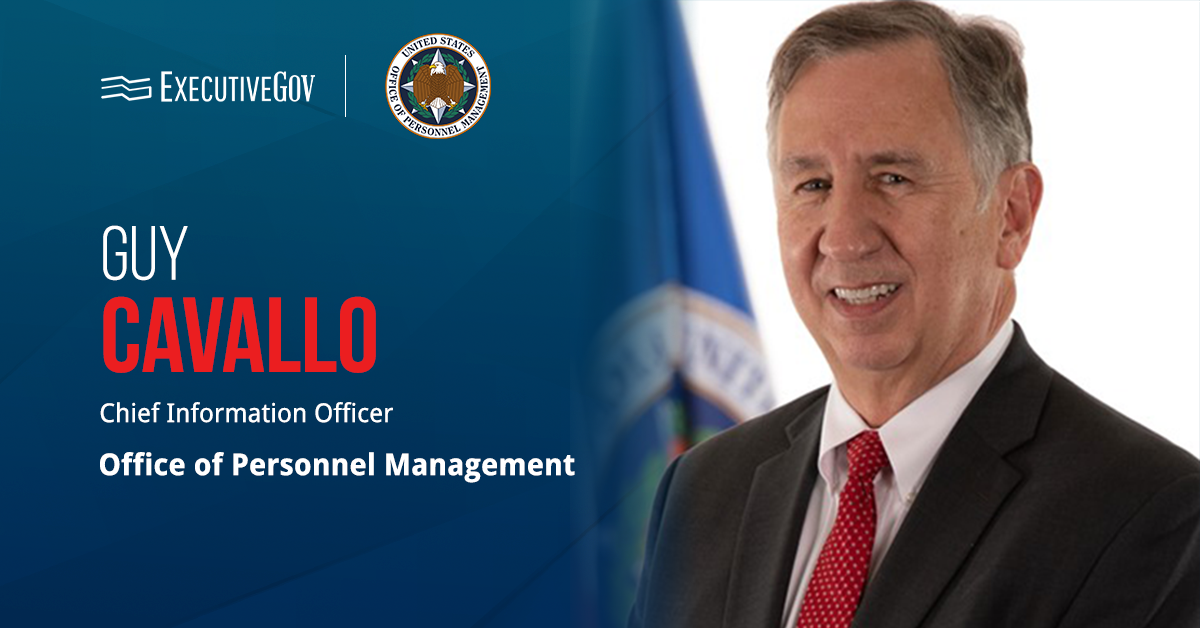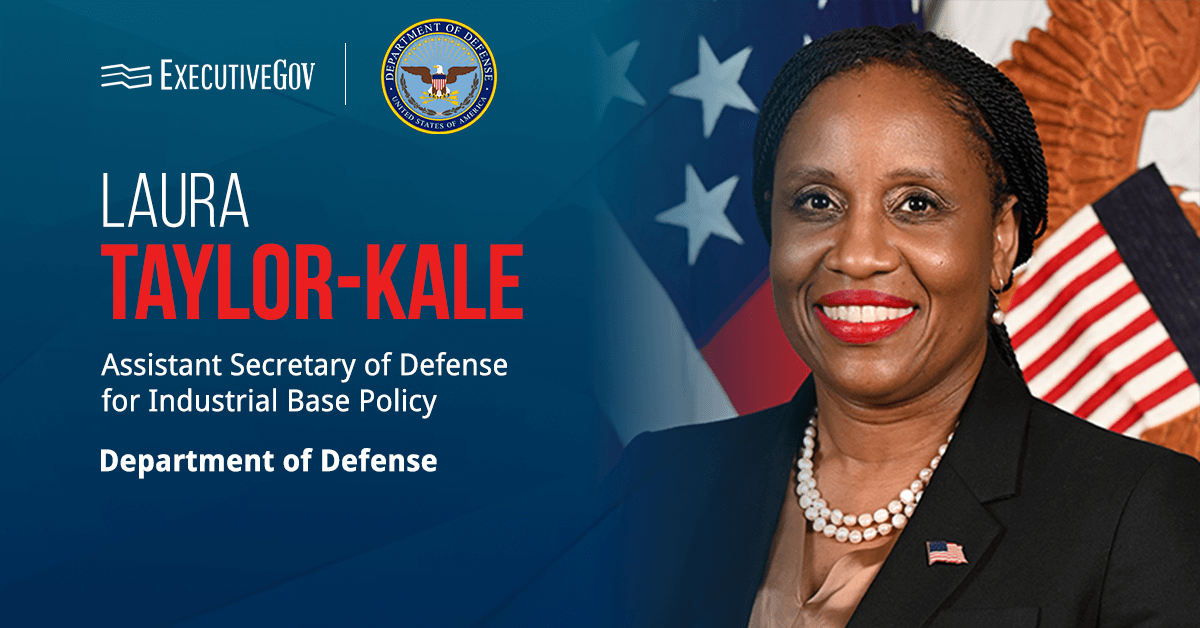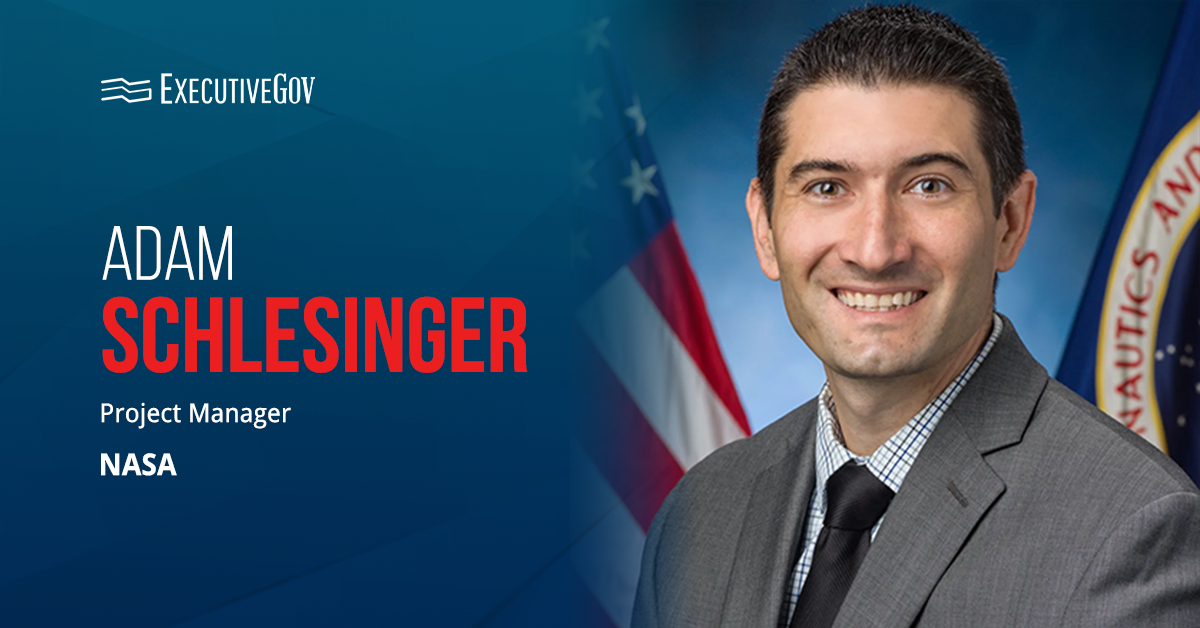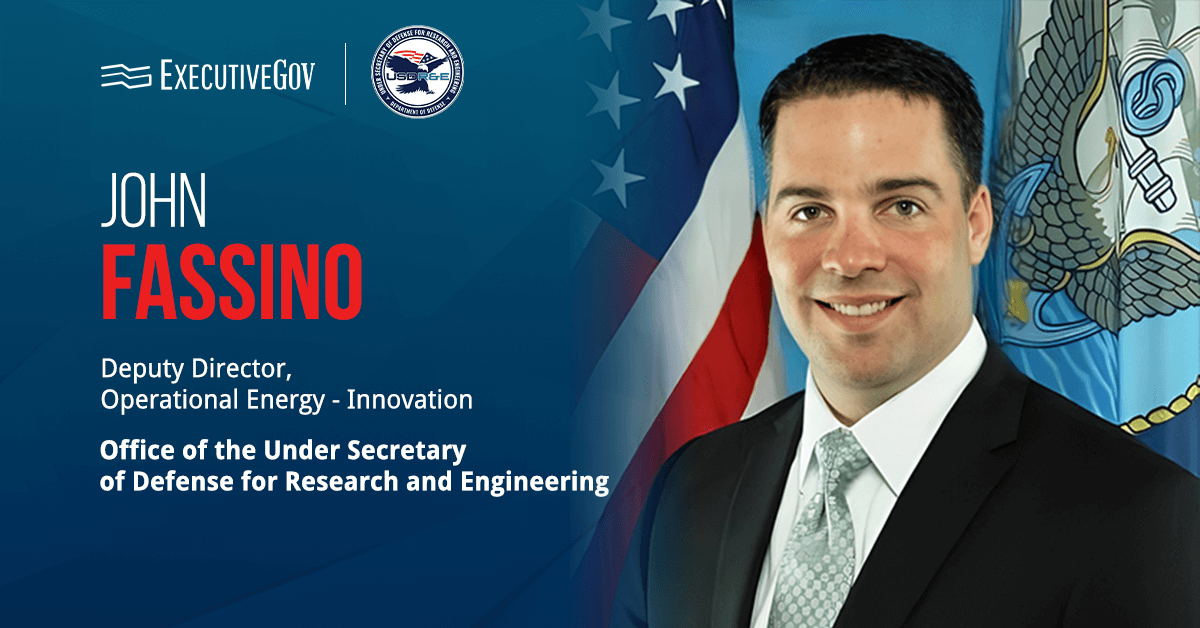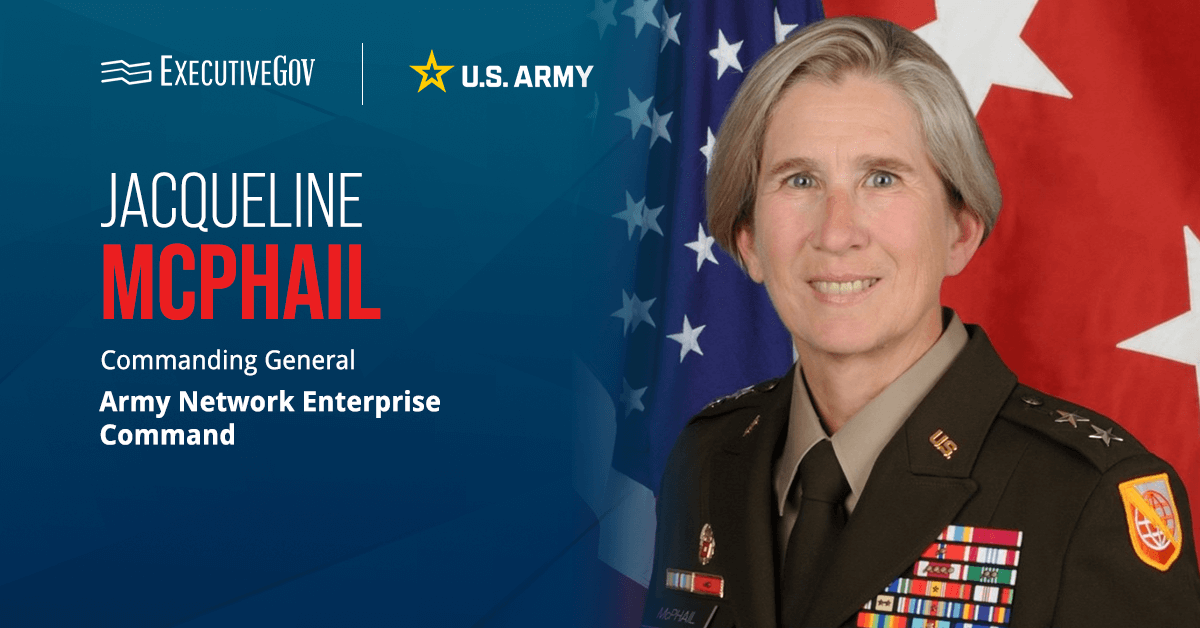Office of Personnel Management Chief Information Officer Guy Cavallo is retiring after over 23 years in the federal government, Federal News Network reported Monday.
Melvin Brown, deputy CIO at OPM, is expected to assume the role of acting CIO until the agency finds a permanent replacement for Cavallo, who will serve until Jan. 10.
“I leave OPM as the longest serving CIO since 2010, passing over nine previous CIOs in seniority. I am so proud of the tremendous run by my team to transform the CIO organization and lead OPM’s IT modernization,” the retiring CIO said in a LinkedIn post published Monday.
According to FNN, Cavallo will join an IT consulting firm, where he will be doing a combination of federal, local and state work.
“As for me, this is the end of my federal career, but not the end of my journey. I will continue my IT career in the private sector and will reveal more details about that in the coming weeks,” he noted.
Prior to OPM, he served as deputy CIO at the Small Business Administration and executive director for IT operations at the Transportation Security Administration.
Moving Applications to the Cloud
In his post, Cavallo mentioned some of his office’s accomplishments in the past four years, including the completion of a two-year sprint that migrated major OPM information systems from on-premises data centers to the cloud.
He also cited OPM’s first-ever “A” grade in the FITARA, or the Federal Information Technology Acquisition Reform Act, scorecard; the agency’s 30 percent improvement in its Federal Cybersecurity Progress Report scorecard; and the launch of the Postal Health Benefit System.


